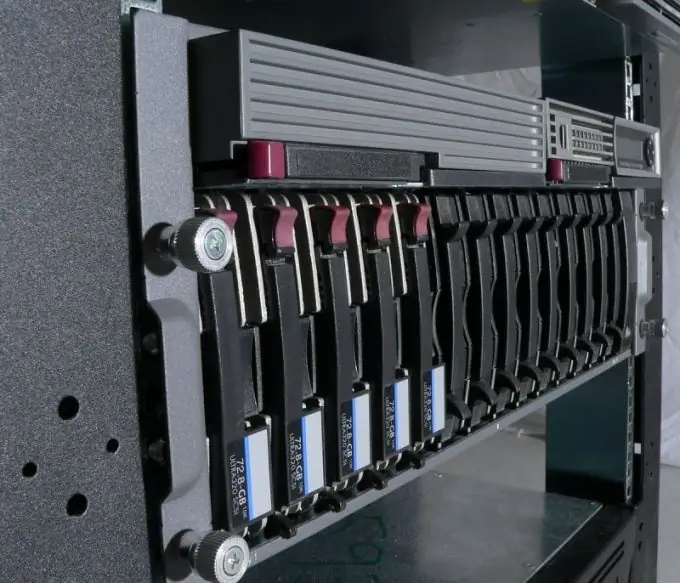- Author Lauren Nevill [email protected].
- Public 2023-12-16 18:48.
- Last modified 2025-01-23 15:15.
MySQL is one of the most common database management systems used in the programming of small and medium sized applications. The advantages of this DBMS are its flexibility in customization and support for various types of tables. The MySQL server can be installed on Windows systems using the installer, which greatly simplifies the setup process.

Necessary
MySQL installer
Instructions
Step 1
Download the installer from the MySQL developer site and run it. In the window that opens, select the type of server installation. To install a specific set of packages, click the Custom button. If you want to install the usual set for working with the DBMS, then press the Typical button.
Step 2
If you selected the Custom button, then specify the required additional components for installation and, if necessary, change the installation directory. After the installation process is complete, check the Launch the MySQL Instance Configuration Wizard checkbox and click Finish.
Step 3
In the window that appears, select the Detailed Configuration item and click Next. In the next section, specify the Developer Machine or Server Machine, depending on the type of server configuration you need.
Step 4
Select Multifunctional Database, which will allow you to work with both InnoDB tables, which allow transactions, and with MyISAM. Select the drive where you will place the database files, although this option can often be left at the default.
Step 5
In the next dialog box, you can specify the maximum allowed number of connections to the server. If you select Decision Support, then the maximum number of connections will not exceed 20, which is enough for installation on a home computer. In the Manual Setting item, you can specify your own value.
Step 6
Check the box next to Enable TCP / IP Networking and select the port through which TCP / IP connections will be made. Usually this parameter can be left at its default. Specify Enable Strict Mode, which enables SQL strict compliance.
Step 7
Select the encoding used. For correct support of the Russian language, you need to select the Manual Selected Default Set and specify the cp1251 encoding. Click Next and in the next window leave all the defaults if you want the server to run on the system as a service, which is the recommended way.
Step 8
In the next window, enter the password that you will use to administer the server. Do not leave these fields empty, enter even the simplest password. This will help you stay out of trouble in the future. Server installation and configuration is complete.






